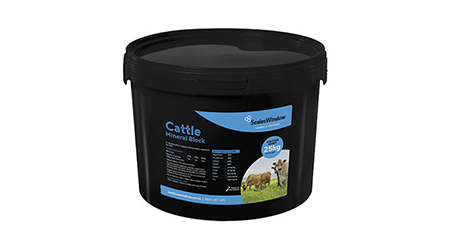Dairy Advice
Spotlight on Nutrition
The correlation between feed input and (milk or meat) output is well known. Quality at one end invariably produces quality at the other end, too. It’s about maximising the return on investment. All it requires is diligence and some simple nutritional measures – along with a basic understanding of nutritional principles. That’s where SealesWinslow Nutrition and Quality Manager, Wendy Morgan comes in.
She has amassed a wealth of information and gladly shares it. When asked about the fundamentals, she stresses the primary importance of examining the feed on hand, and then “filling the gaps”.
“Be aware that in practice you’ll always have one nutrient that is what’s called first limiting. It prevents the animal gaining maximum production, fertility and health,” she explains. Say your cow has a good diet that falls short in one mineral, and let’s assume the needs for that mineral are only met by 80%; then regardless of how well all other nutrient needs are met – the cow will only reach 80% of her maximum. If it’s a substantial deficit, the ramifications can be significant. Think of it as a lowest common denominator.
To make matters worse, any effort and moneyspent on providing other/wrong nutrients is wasted.
Obviously, good pasture utilisation and management is key as it maximises the most affordable feed. Augment that with herbage tests (see article overleaf) and you’re on your way.
“Knowing the dietary composition of pasture or any other feed is vital,” stresses Wendy. “How else would you know what nutrients youneed to add, if at all?” She notes that increasingnumbers of farmers see the value in this approach. However, many traditionalists also draw on historical practice. But with its reliance on seasonal weather, this method unfortunately fails to accountfor the erratic weather patterns that now dominate our climate. It requires additional information to make good decisions.
Once you know the limiting factor of your feed, you can make appropriate choices. Diets based on maize silage, for instance, offer good levels of fibre and moderate starch, but are lacking in protein and certain minerals. You therefore need to balance it with good-quality grass silage, pasture or a protein meal (cottonseed or soybean) plus calcium, sodium, magnesium and phosphorus.
Similarly, a diet high in fodder beet lacks protein, magnesium and phosphorus. While grass silage offers a better balance of nutrients, it has a low level of starch. In this manner, the dietary needs of the cow can be met year-round.
Wendy emphasises that a continuous effort is needed to avoid deficiencies that could otherwise occur. “Copper is often supplemented each year but if a cow uses her reserves through the season, while also being fed a diet low in copper, she may still develop issues later in the season.” advises Wendy. The same can occur from a calcium deficiency, leading to milk fever, while a lack in phosphorus can manifest in ‘creeper cows’. But with good nutrition, you can mitigate all those risks while improving the return on your investment.
If you need help with diets and identifying limiting factors, expert advice is only a phone call away.

Cattle Mineral Block
Cattle Mineral Block delivers convenient free access of essential minerals and energy to young cattle to support their growth and development.

